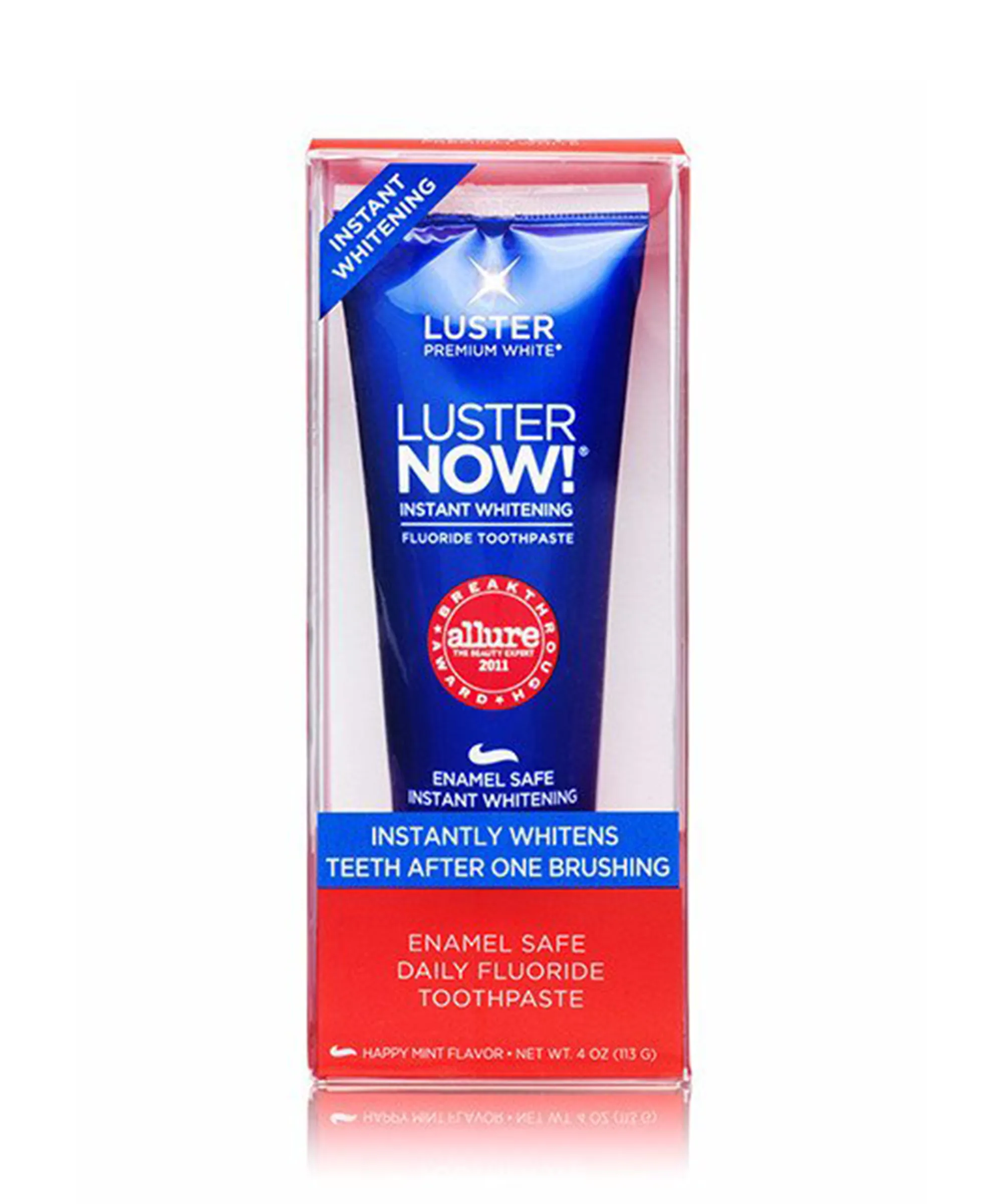Understanding Whitening Toothpastes
Achieving a brighter, more confident smile is a common goal, and whitening toothpastes have become a popular tool in the pursuit of this. But what exactly makes these toothpastes different from regular ones? Understanding the mechanics behind these products is crucial before making a choice. Whitening toothpastes are designed to remove surface stains and, with consistent use, can noticeably improve the brightness of your teeth. Unlike professional whitening treatments, they don’t alter the intrinsic color of your teeth but rather target the extrinsic stains caused by everyday habits. Choosing the right whitening toothpaste is important, it must be both effective and safe for your specific dental needs. This guide will provide an in-depth look at how these toothpastes work, the key ingredients, the types of stains they address, and, of course, the best options available to help you achieve a dazzling smile.
How Whitening Toothpastes Work
The primary function of whitening toothpastes revolves around their ability to remove surface stains. This is generally achieved through two main mechanisms: the use of abrasive agents and chemical reactions. Abrasives, such as hydrated silica and calcium carbonate, work by gently polishing the tooth surface, effectively scrubbing away stains. Simultaneously, some whitening toothpastes incorporate chemical agents, such as hydrogen peroxide or other peroxides, that help break down stain molecules. The effectiveness of a whitening toothpaste depends on the concentration and type of these agents, as well as the frequency of use. It is important to remember that while these toothpastes can significantly improve the appearance of your teeth, they do not change the inherent color of your teeth. For more dramatic whitening effects, professional treatments may be required. Consider your individual needs and oral health when making your choice to determine the best toothpaste for you.
Key Ingredients in Whitening Toothpastes
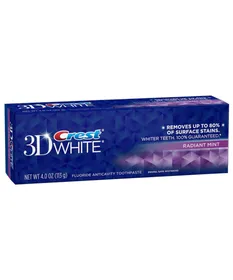
The effectiveness of a whitening toothpaste often boils down to its key ingredients. Abrasives are a staple, with compounds like hydrated silica, calcium carbonate, and dicalcium phosphate being common. These agents gently scrub away stains, restoring the natural brightness of your teeth. Another critical component is a peroxide-based bleaching agent, which can break down stain molecules through oxidation. Ingredients such as hydrogen peroxide or carbamide peroxide are frequently used, although the concentration levels are generally lower than those found in professional whitening treatments. Furthermore, many whitening toothpastes contain fluoride, which not only helps in strengthening the enamel but also aids in preventing tooth decay, promoting overall oral health. When selecting a toothpaste, it is important to carefully examine the ingredients list to ascertain the presence and concentration of these key components. The blend of these ingredients directly influences the toothpaste’s stain-removal abilities and its impact on your overall oral health.
Types of Stains Whitening Toothpastes Target
Whitening toothpastes are designed to combat extrinsic stains, which are those that form on the surface of your teeth due to various lifestyle factors. Common culprits include coffee, tea, red wine, and tobacco, all of which contain chromogens, or color-producing substances, that adhere to the tooth enamel. Regular consumption of these items can result in discoloration and a less vibrant smile. Foods and beverages with high acidity can also contribute to staining by eroding the enamel, making it more susceptible to stain absorption. Furthermore, some medications may lead to staining, either directly or through their impact on saliva production. Whitening toothpastes primarily work to remove these surface stains, helping restore your teeth to their natural color. While they are effective against extrinsic stains, they do not address intrinsic stains, those that are within the tooth structure. For this, you might need professional whitening treatments.
Top 5 Best Whitening Toothpastes
Choosing the right whitening toothpaste can feel overwhelming with the multitude of options available. To help you narrow down your choices and find the best fit for your needs, here’s a review of five top-rated whitening toothpastes, known for their effectiveness, safety, and overall performance. These selections consider various factors, including ingredient composition, user reviews, and specific oral health needs, ensuring a well-rounded comparison. Remember that the best toothpaste for you depends on your specific oral health requirements and preferences. Always consult your dentist if you have any underlying conditions or concerns.
Toothpaste 1 Overview
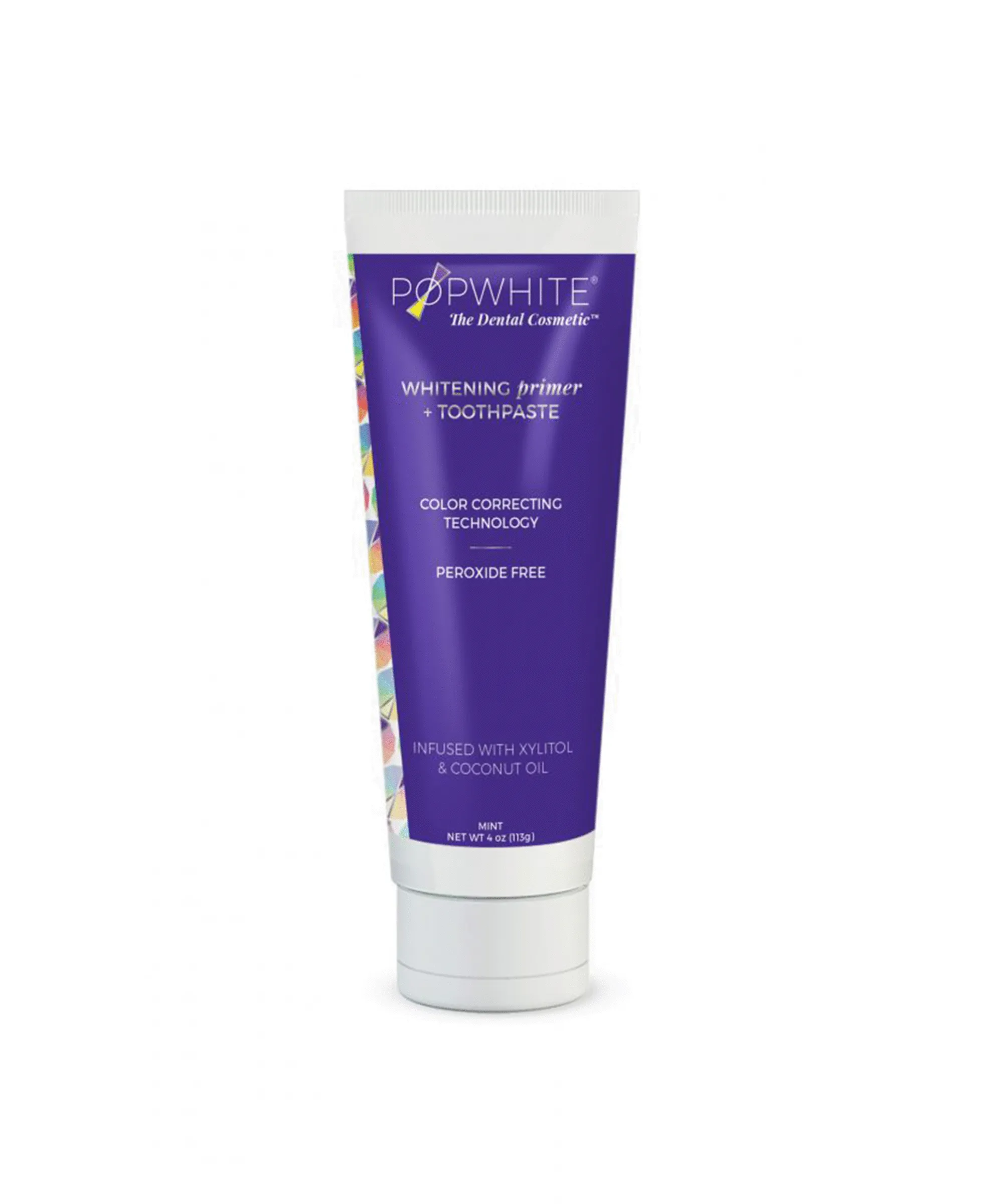
This toothpaste is widely recognized for its dual-action approach to whitening and overall oral health. Formulated with a blend of abrasives and peroxide-based agents, it effectively removes surface stains while gently polishing the teeth. Its formulation typically includes fluoride, which helps to strengthen enamel and protect against cavities. The toothpaste is often praised for its pleasant taste and ability to leave your mouth feeling fresh and clean. It’s a strong contender for those seeking a comprehensive solution for whitening and oral hygiene.
Key Features of Toothpaste 1
- Dual-action formula (whitening and cavity protection)
- Contains fluoride for enamel strengthening
- Pleasant taste for improved user experience
- Effective stain removal with regular use
Toothpaste 2 Overview
This whitening toothpaste is a great choice for those looking for a balance between effective whitening and sensitivity management. It generally features a lower concentration of abrasive agents and a milder peroxide formulation, making it suitable for individuals with sensitive teeth. While providing notable whitening effects, it focuses on minimizing potential irritation. This toothpaste is often enriched with ingredients that help soothe and protect sensitive gums and teeth.
Key Features of Toothpaste 2
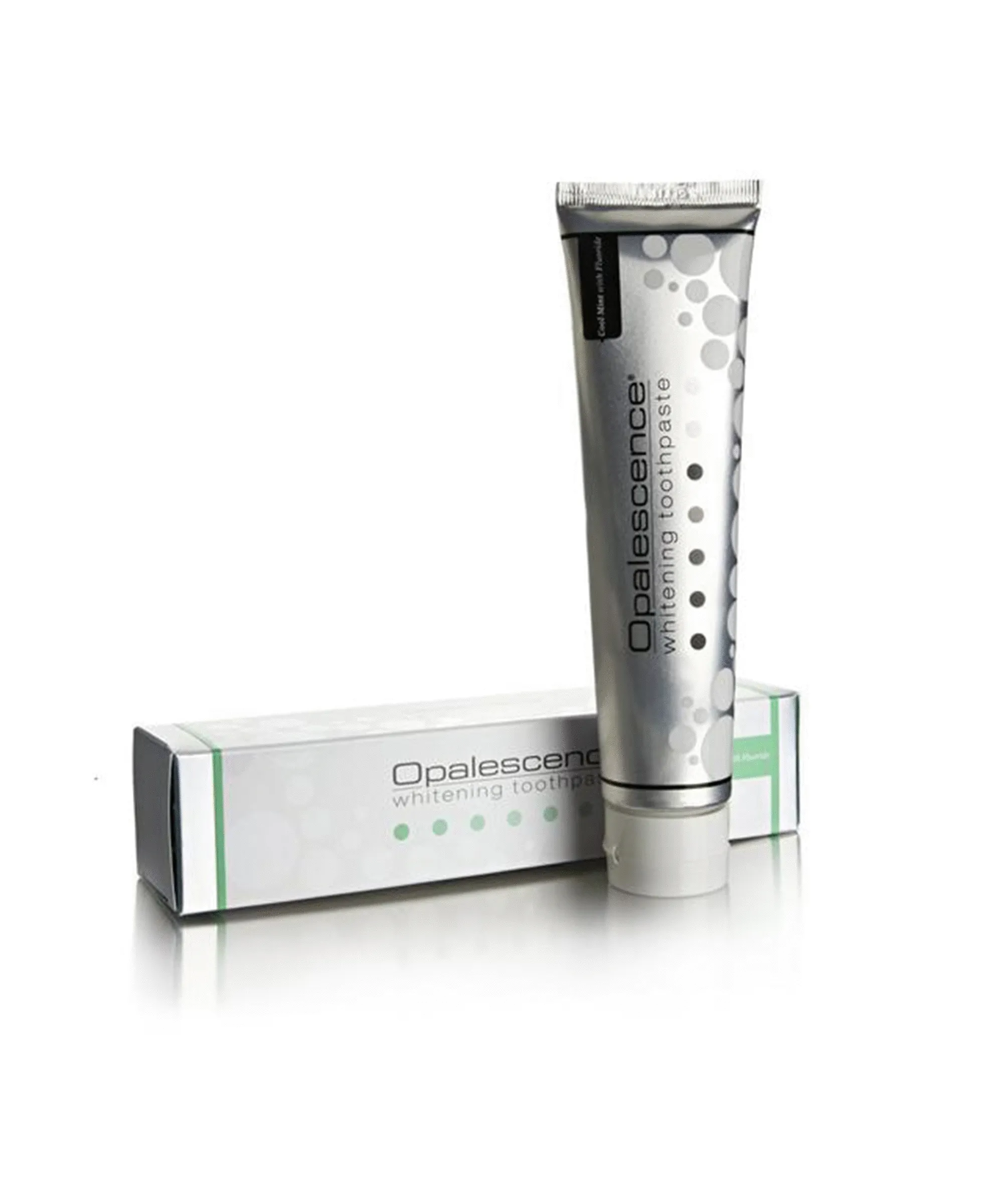
- Designed for sensitive teeth
- Mild abrasive and peroxide formula
- Helps soothe and protect gums
- Provides effective whitening without intense abrasiveness
Toothpaste 3 Overview
This toothpaste emphasizes natural ingredients while delivering effective whitening results. Often formulated without harsh chemicals or artificial additives, it usually incorporates natural abrasives like baking soda and plant-based extracts to gently polish and brighten teeth. It’s a good selection for those who prefer a more organic approach to oral care. This toothpaste aims to provide a safe and environmentally conscious option for maintaining a brighter smile.
Key Features of Toothpaste 3
- Formulated with natural ingredients
- Free of harsh chemicals
- Uses gentle abrasives like baking soda
- Environmentally friendly option
Toothpaste 4 Overview
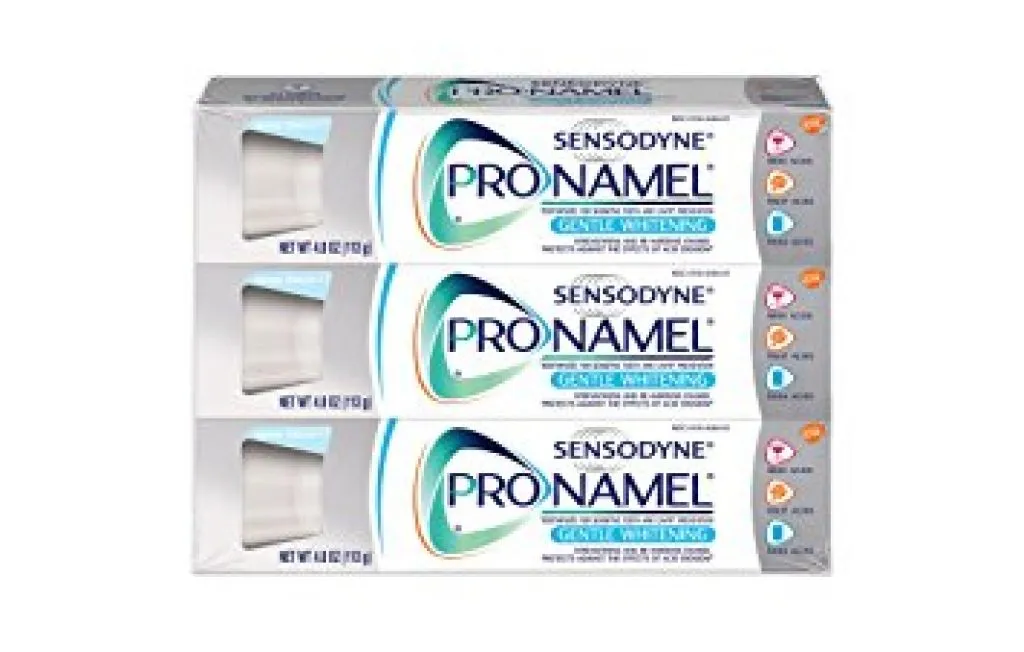
This toothpaste is distinguished by its focus on stain prevention, providing a proactive approach to maintaining a bright smile. It typically incorporates advanced stain-blocking technology that helps prevent new stains from adhering to the teeth. Alongside whitening capabilities, it often includes ingredients that strengthen the enamel and improve overall oral health. This toothpaste is an excellent choice for individuals who are committed to preventing future stains.
Key Features of Toothpaste 4
- Focuses on stain prevention
- Includes stain-blocking technology
- Strengthens enamel
- Aids in maintaining long-term whitening results
Toothpaste 5 Overview
This toothpaste is known for its rapid whitening effects. It generally has a potent formulation with a higher concentration of whitening agents to deliver visible results in a shorter period. This toothpaste is a good choice for those seeking immediate improvements in their smile’s brightness. However, it is important to use this toothpaste with caution and according to the instructions, as its strength may affect individuals with sensitive teeth.
Key Features of Toothpaste 5
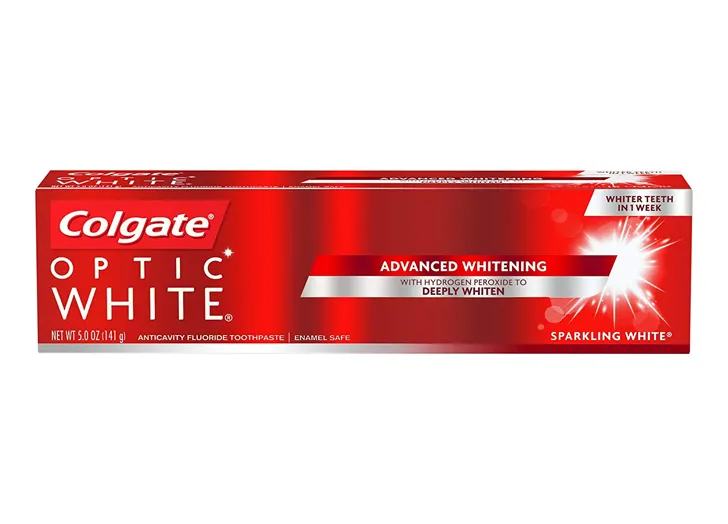
- Fast whitening action
- Higher concentration of whitening agents
- Provides visible results quickly
- Use with caution, especially for sensitive teeth
Factors to Consider When Choosing
Choosing the right whitening toothpaste involves careful consideration of several factors. First, assess your oral health needs, which includes identifying any sensitivities. If you have sensitive teeth, opt for a toothpaste with a lower abrasiveness and milder peroxide formulation. It’s important to review the ingredient list, paying attention to the concentration of active whitening agents and the presence of fluoride. Look for the ADA (American Dental Association) seal of acceptance, as it indicates that the product has undergone rigorous testing and meets specific standards for safety and efficacy. Also, think about your personal preferences, such as taste, texture, and whether you prefer a natural or a more chemically-oriented formulation. Consulting with your dentist can also help you choose the best toothpaste for your unique oral health profile and goals.
Sensitivity and Whitening Toothpastes
If you have sensitive teeth, selecting the right whitening toothpaste is even more critical. The abrasive nature of some whitening toothpastes can exacerbate sensitivity by eroding the enamel and exposing the underlying dentin, leading to discomfort. Look for toothpastes designed specifically for sensitive teeth; these products typically have lower levels of abrasives and milder peroxide formulations. They often contain ingredients like potassium nitrate or stannous fluoride, which help to desensitize the nerves in your teeth and prevent pain. Be sure to pay close attention to how your teeth respond and discontinue use if you experience increased sensitivity. Consider alternating between a whitening toothpaste and a sensitive toothpaste to balance whitening benefits with comfort, and always consult your dentist for personalized advice.
The Role of Abrasiveness
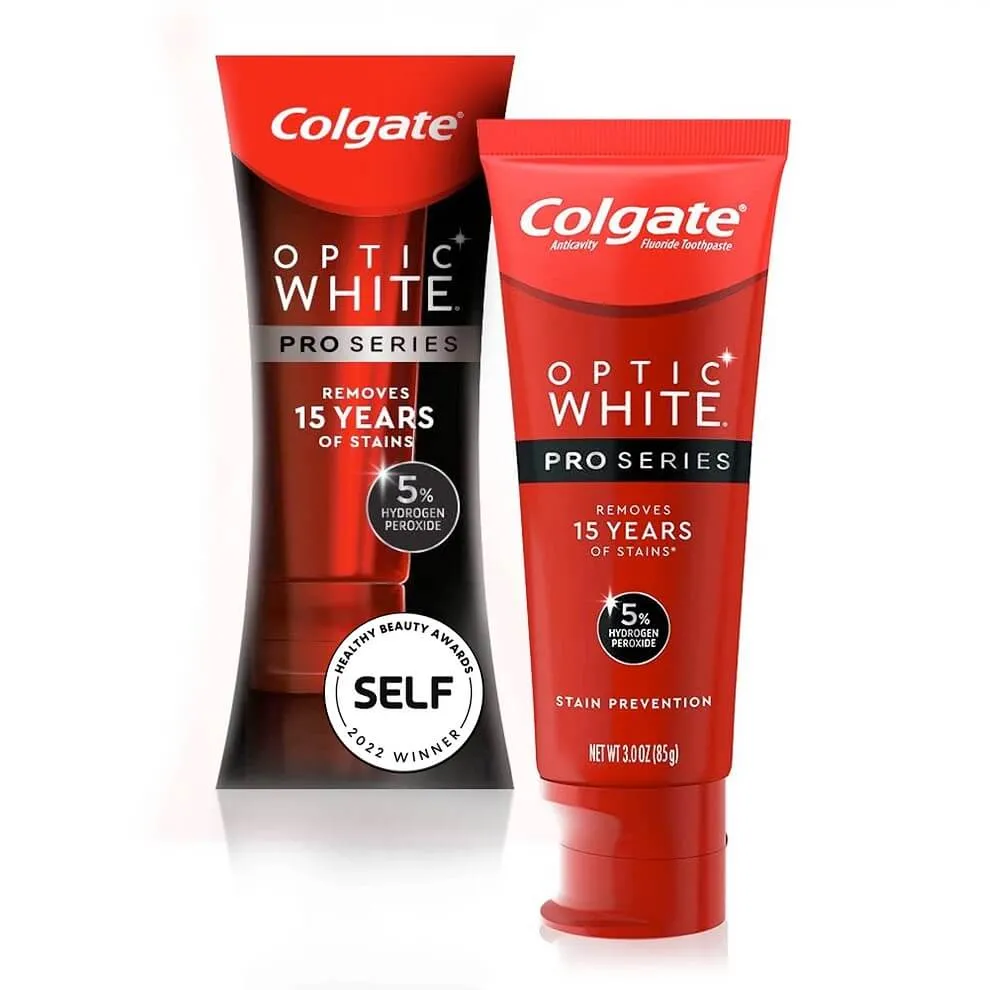
The abrasiveness of a whitening toothpaste is a crucial factor to consider, as it directly influences its effectiveness and the potential for adverse effects. Abrasives, like hydrated silica and calcium carbonate, mechanically scrub away surface stains, contributing to the whitening effect. However, toothpastes with high abrasivity can also erode enamel over time, leading to tooth sensitivity and even damage. The RDA (Relative Dentin Abrasivity) value is a useful metric for gauging abrasiveness, with lower values indicating a gentler product. People with sensitive teeth should opt for low-RDA toothpastes to minimize any potential harm. While a higher RDA might provide more immediate whitening results, it may not be suitable for long-term use. The best strategy involves finding a balance between effective stain removal and protecting your enamel. Check with your dentist to understand what abrasiveness level is best for you.
Maintaining Your White Smile
Maintaining a white smile involves more than just choosing the right whitening toothpaste; it also requires adopting good oral hygiene practices and making conscious lifestyle choices. The goal is not only to remove existing stains but also to prevent new ones from forming. This holistic approach will help you maintain the results achieved through whitening toothpastes and enhance your overall oral health. Consistency is key, so make these practices a regular part of your routine.
Proper Brushing Techniques
Proper brushing is fundamental to both whitening and overall oral health. Use a soft-bristled toothbrush and brush gently, using small, circular motions. Avoid applying excessive pressure, which can damage enamel and gums. Brush your teeth for at least two minutes, twice a day – in the morning and before bed. Ensure that you brush all surfaces of your teeth, including the front, back, and chewing surfaces. Incorporate the use of a tongue scraper to remove bacteria and debris, promoting fresh breath and further improving oral hygiene. Regular and thorough brushing will not only help remove surface stains but also prevent plaque buildup, which is a major cause of tooth discoloration and decay. Remember to replace your toothbrush every three months, or sooner if the bristles become frayed.
Dietary Considerations
Your diet plays a significant role in maintaining a white smile. Certain foods and drinks are notorious for staining teeth. Coffee, tea, red wine, and dark-colored sodas contain chromogens, which can easily stain the enamel. Minimizing the consumption of these beverages, or drinking them through a straw to reduce contact with your teeth, can help. Similarly, certain foods, such as berries, soy sauce, and balsamic vinegar, can also contribute to staining. Incorporating teeth-whitening foods, like apples, celery, and carrots, into your diet can help naturally clean your teeth. Rinsing your mouth with water after consuming staining foods or drinks is beneficial. A balanced diet that is rich in nutrients also promotes overall oral health, contributing to a brighter smile. You can greatly improve your efforts with whitening toothpastes by making careful dietary choices.
Importance of Regular Dental Checkups
Regular dental checkups are an indispensable part of maintaining a white, healthy smile. Professional cleanings by a dentist or hygienist can remove plaque and tartar that brushing alone cannot, as well as polish your teeth, removing surface stains and enhancing your smile’s brightness. During these checkups, your dentist can also detect and address early signs of tooth decay, gum disease, or other oral health problems. Professional advice and guidance on your oral hygiene routine, including the choice of whitening toothpastes, are also valuable. Your dentist can provide personalized recommendations based on your specific needs and any existing conditions. Regular checkups help to prevent serious oral health problems and contribute to a brighter, healthier smile.
